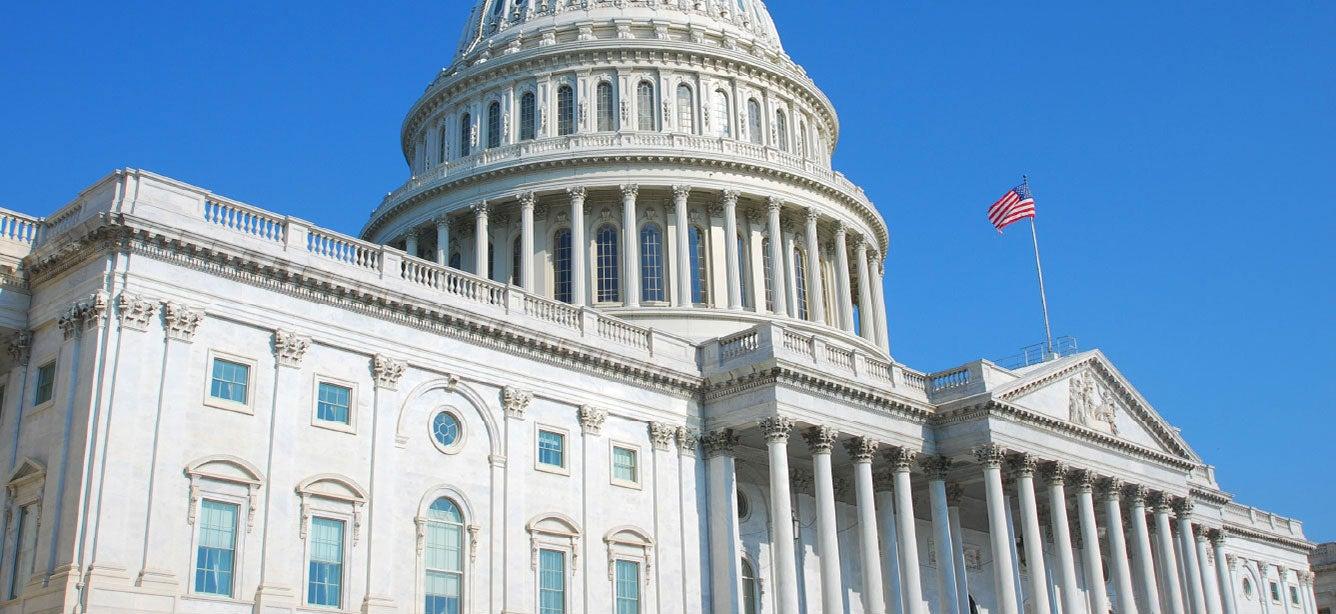Martha Peláez on Maximizing the Independence, Well-Being, and Health of Older Adults Through Falls Prevention

Related Topics
According to the Centers for Disease Control and Prevention (CDC), falls are the leading cause of fatal injury and the most common cause of nonfatal trauma-related hospital admissions among older adults. On May 12, 2022, NCOA Board Member Martha Peláez testified before U.S. House of Representatives Appropriations Subcommittee on Labor, Health and Human Services, Education, and Related Agencies, about the critical issue of older adult falls and the wisdom of supporting falls prevention.
Falls are costly, but also preventable. The CDC estimates that between 9,562 and 45,164 medically treated falls could be prevented annually, saving Medicare $94 million to $442 million per year.1 Effective clinical interventions, evidence-based community programs, new technologies, and clinical-community partnerships must be scaled and fully supported to significantly reduce falls and related injuries.
Three public policy strategies that Peláez recommended to help support falls prevention for older adults
- Promote early identification of falls risk factors and coordination of interventions in states and communities. Falls risk, falls, and fall-related injuries should be recognized as a medical condition by health care providers, public health professionals, and the public to increase accurate reporting, compliance with recommendations, and reimbursement for prevention and treatment.
- Establish a coordinated cross-agency federal effort to address falls. Although a number of federal agencies (e.g., ACL, CDC, HUD, CMS) engage in falls prevention, there is no coordinated and comprehensive falls prevention strategy under the purview of any one single agency.
- Promote federal leadership in research, demonstration, and evaluation. The lack of an integrated and cohesive system of research results in inefficiencies, missed opportunities, and an absence of critical data in federal aging research. In addition, the lack of standardized research indicators and data collection methods makes it very difficult to calculate the impact and outcomes of Older Americans Act services.
You can get more details about each of the strategies, and why expanded federal investments are crucial to address falls in older adults in her final written testimony below.
Sources
1. The Potential to Reduce Falls and Avert Costs by Clinically Managing Fall Risk, The American Journal of Preventative Medicine (September 1, 2018). Found on the internet at https://www.ajpmonline.org/article/S0749-3797(18)31759-8/fulltext



